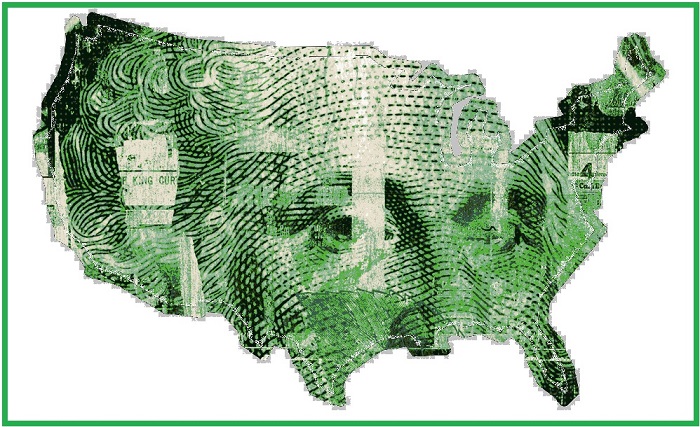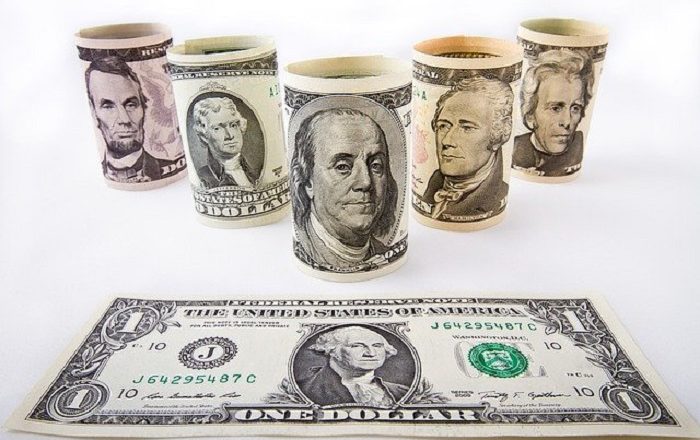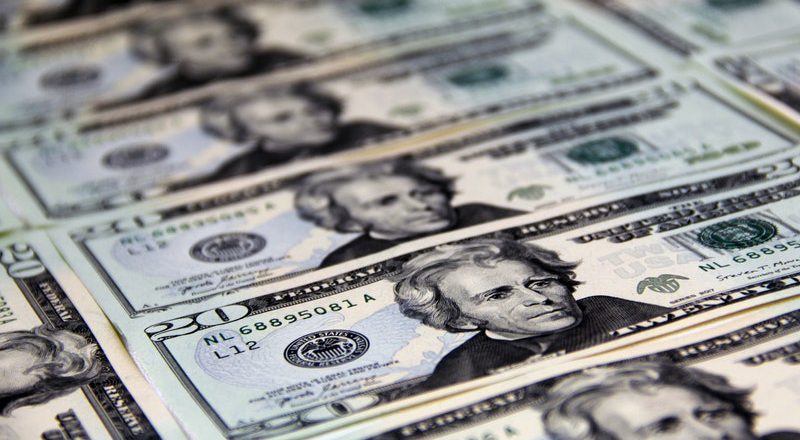Jobs Are Up! Wages Are Up! So Why Is George The Economist So Gloomy?
In any other time, the jobs news that came down on Dec. 2, 2022, would be reason for cheer.
The U.S. added 263,000 nonfarm jobs in November, leaving the unemployment rate at a low 3.7%. Moreover, wages are up – with average hourly pay jumping 5.1% compared with a year earlier.
So why am I not celebrating? Oh, yes: inflation.
The rosy employment figures come despite repeated efforts by the Federal Reserve to tame the job market and the wider economy in general in its fight against the worst inflation in decades. The Fed has now increased the base interest rate six times in 2022, going from a historic low of about zero to a range of 3.75% to 4% today. Another hike is expected on Dec. 13. Yet inflation remains stubbornly high, and currently sits at an annual rate of 7.7%.
The economic rat...




